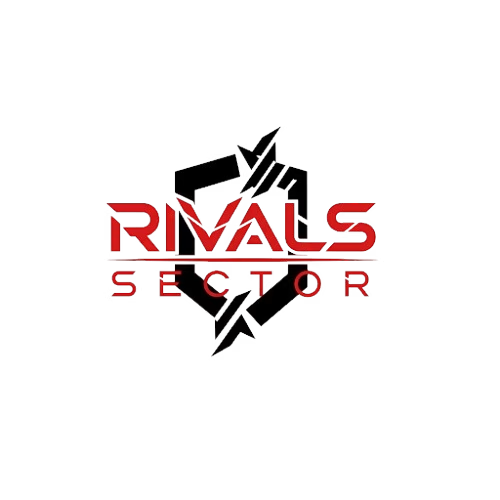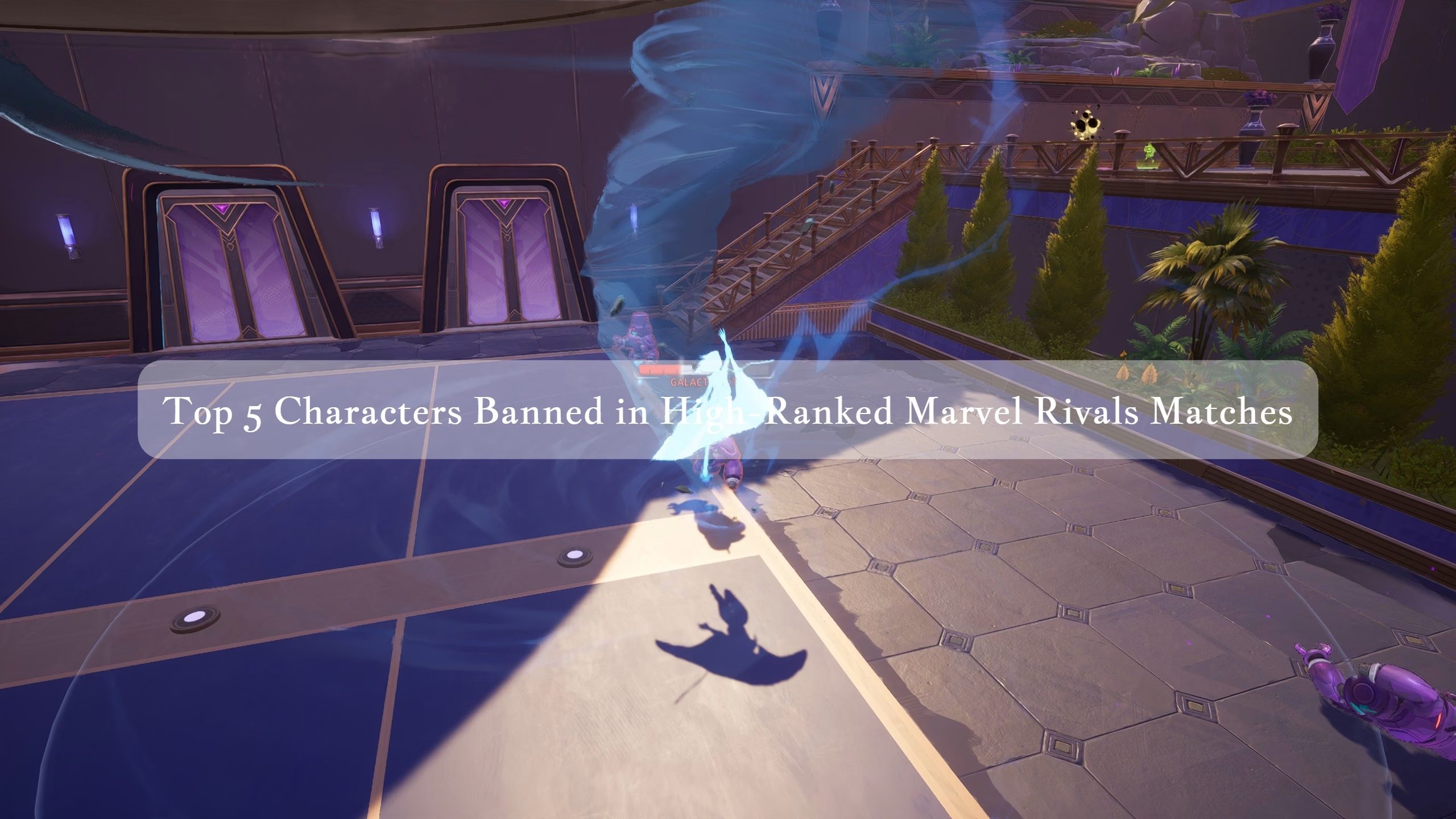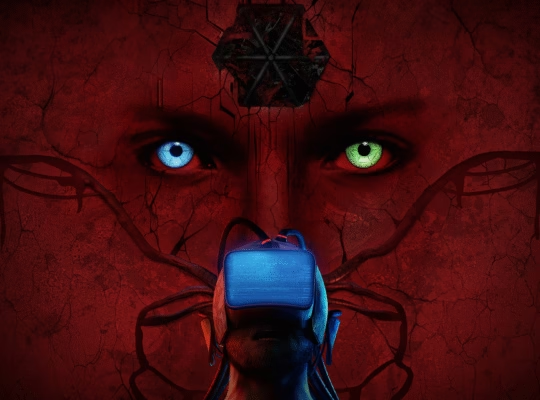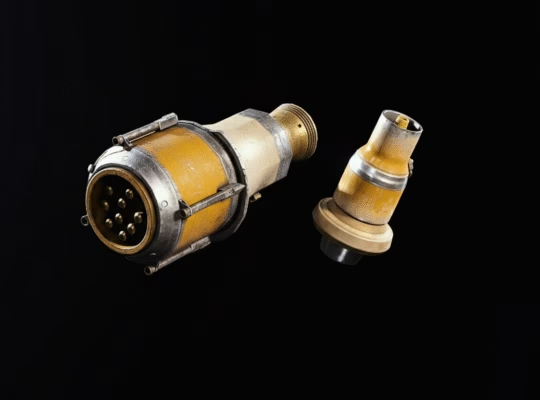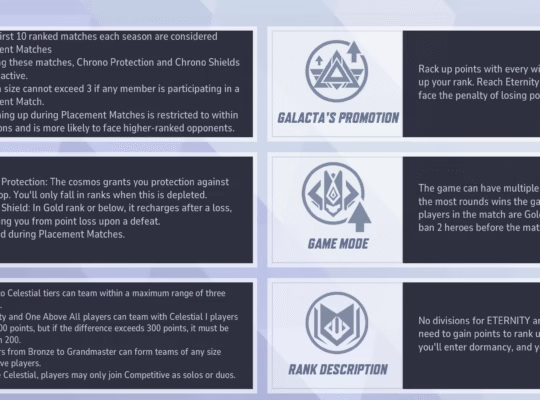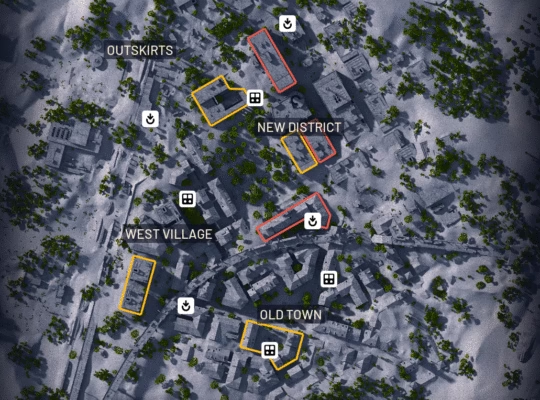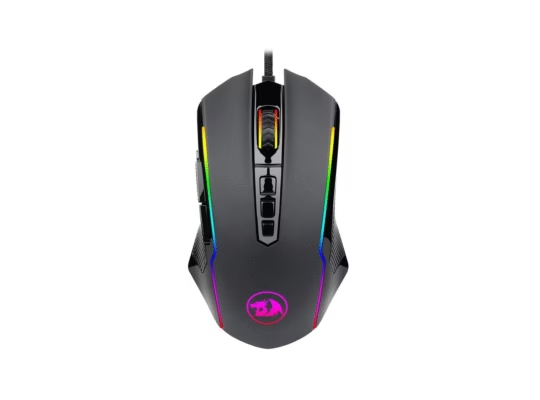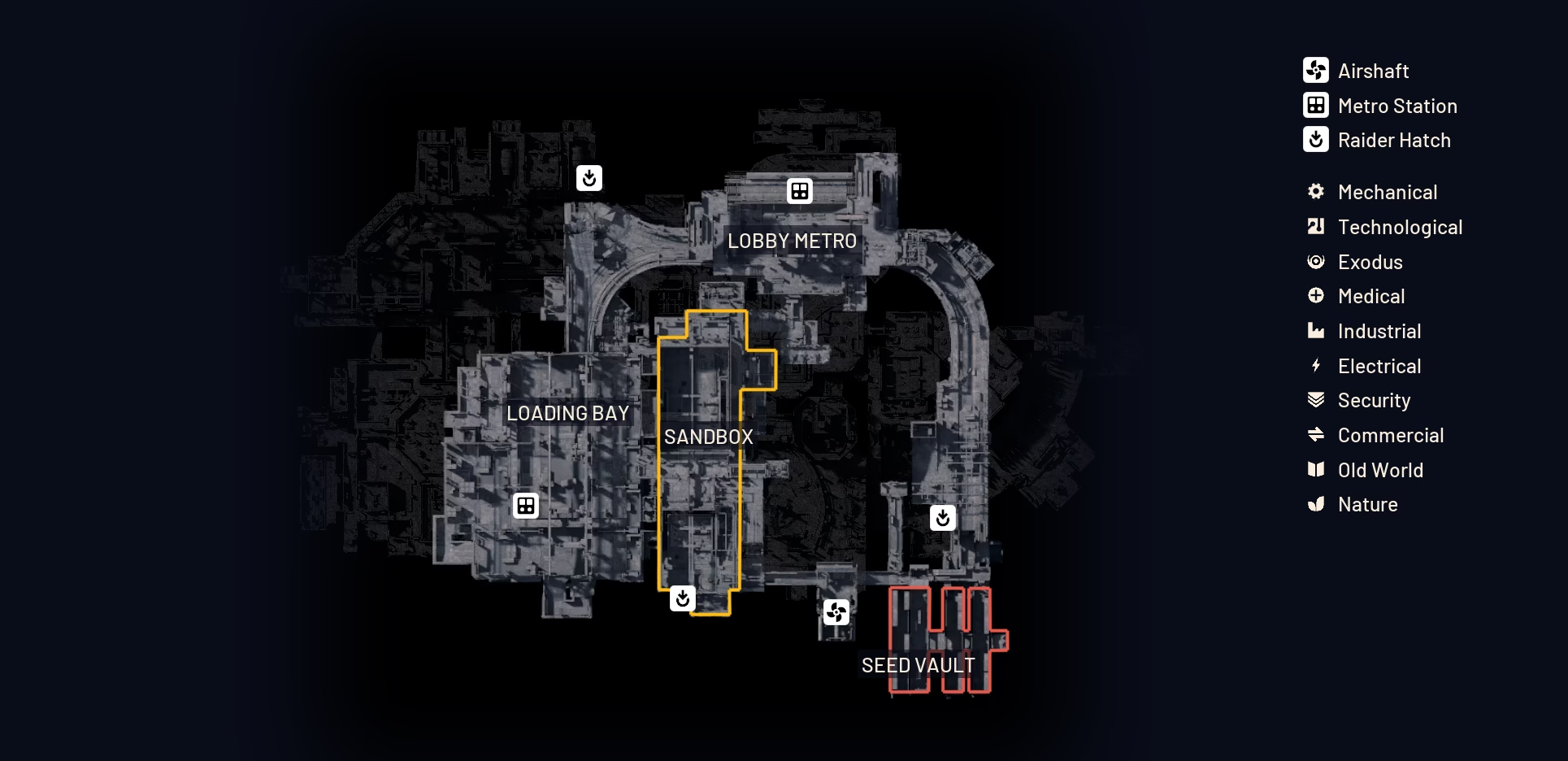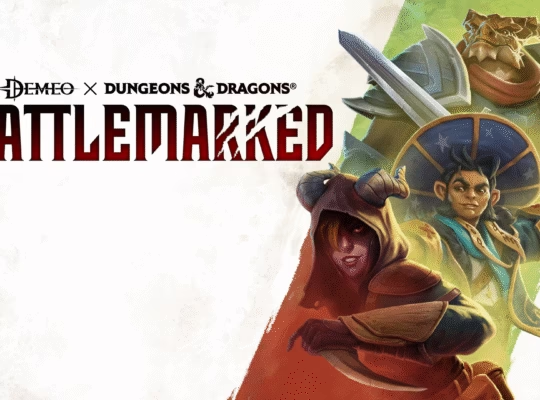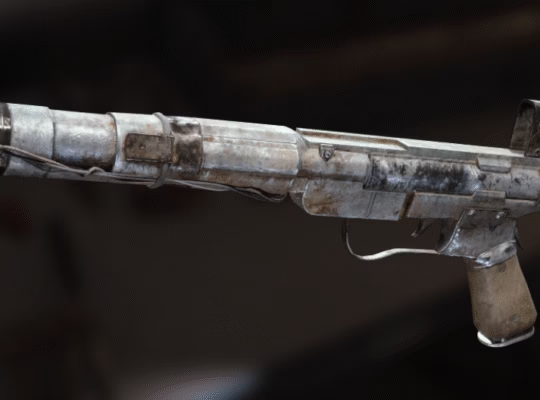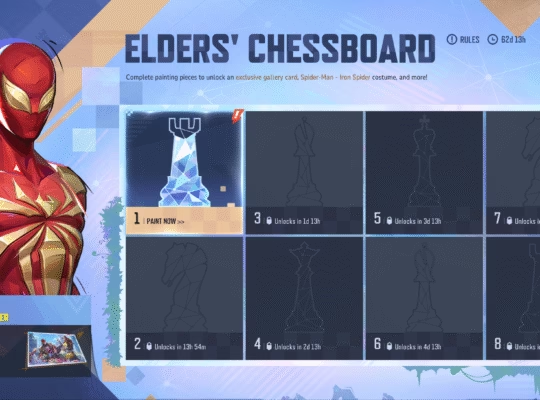In high ranked Marvel Rivals matches, certain characters are commonly targeted during the ban phase, either because they appear statistically dominant, because they create frustrating matchups, or because they synergise with recent teamups and patches. The picture is complex and probably shifts across seasons and ranks, so this article aims to present a careful, nuanced view that balances data, community sentiment, and practical drafting guidance. The table below offers the immediate snapshot many readers want to see when opening this article, showing core facts you can use right away.
| Character | Typical role | Why teams often ban them | Approximate ban rate range, season dependent | Typical counters or strategies |
| Wolverine | Duelist / Assassin | High sustained damage vs tanks, strong mobility, self healing, dangerous team synergies | ~35% – 50% | Focused crowd control, disciplined positioning, ban his ideal teamups |
| Human Torch | Duelist / Zone control | Persistent area denial, strong zone pressure, easy repositioning | ~20% – 40% in higher ranks | Interrupt casts, flank pressure, control sightlines |
| Storm | Duelist / Zoner | Aerial evasiveness, off-angle damage that frustrates coordinated teams | ~25% – 40% | Anti-air pressure, reliable tracking, limit aerial angles |
| Hulk | Vanguard / Disruptor | Game changing crowd control, disruptive ultimates, high durability | ~20% – 45% in some seasons | Kiting, ranged disengage, burst to interrupt engages |
| Groot | Vanguard / Area control | Impassable walls, map shaping, forces suboptimal movement | ~18% – 40% season dependent | AoE clear to break walls, mobility to avoid chokepoints |
Wolverine
Wolverine is frequently the most banned character in high ranked play, and the team at Rivals Sector thinks this is because his toolkit combines several elements that teams find difficult to handle in a draft phase. He tends to deal percentage based damage that scales against high health targets, his mobility allows him to isolate backline targets, and his self heal gives him surprising sustain during skirmishes. In coordinated matches, Wolverine may pair with characters that amplify his threat, and that synergy can make him feel effectively unstoppable unless the enemy team prepares specific counters. It is important to stress that his dominance is not absolute, and disciplined crowd control, good target priority, and denying his ideal teamups can reduce his impact significantly. Teams sometimes ban Wolverine not only for his raw power, but because he invalidates common frontline or bait strategies, which means his ban frequency may reflect a risk-management choice rather than a simple statement of raw strength.
Human Torch
Human Torch is often banned because of his ability to control space and punish predictable positioning, and this effect tends to be amplified in higher ranks where players can execute advanced zoning and baiting plays. His flame zone abilities can make objective paths and common retreat lines hazardous, forcing opponents into awkward rotations. This makes him particularly effective against teams that rely on narrow movement or linear rotations. The nuance here is that Human Torch’s ban rate appears to depend heavily on player skill, so in lower ranks he may be less frequently banned, whereas in top tiers his zone control is exploited to the fullest and teams treat him as a priority. Practical counters include interrupting his casts, applying close flank pressure to force him out of position, or drafting mobile champions who can bypass or negate his zones.
Storm
Storm’s aerial mobility and off-angle threat make her a recurring ban in coordinated, high skill play, where she can split fights and escape unfavorable engagements with little consequence. Her kit rewards skilled movement and timing, and so her perceived power scales with player mastery. In top tiers, where players have refined advanced movement and positional tricks, Storm often becomes a high priority because she is able to attack from unexpected vectors and complicate focused fire plans. That said, when Storm is less optimally played she is far less intimidating, which highlights that her ban status often reflects skill ceilings and practice patterns. Effective counters normally involve anti-air pressure, reliable tracking abilities, and limiting the number of vulnerable angles the enemy team can be attacked from.
Hulk
Hulk is typically seen as a frontline disruptor whose ultimates and crowd control can swing a team fight, and for that reason he is frequently banned in drafts where coordinated initiation matters a great deal. His durability allows him to act as a disruptive anchor, and his ability to split formations or cancel team engages is particularly punishing in objective modes and tight maps. Teams facing Hulk may lack the coordinated tools to disengage or kite reliably, turning him into a match-winning problem. Counter approaches include kiting, maintaining range advantage, and coordinated burst to interrupt his engages before he secures a disruptive ultimate. It is also likely that his ban priority fluctuates with balance patches, so teams often adapt bans after watching recent tournament or high-elo play.
Groot
Groot tends to be banned in seasons and modes where map control and choke points are decisive, because his wall and area control tools shape fights and movements in ways that can nullify planned strategies. By creating impassable terrain or by shaping the battlefield with summoned obstacles, Groot can force opponents into suboptimal paths or cause them to waste key movement cooldowns. Teams that depend on coordinated rotations may find Groot’s presence disproportionally damaging to their playstyle, turning him into a ban priority. Counters focus on AoE clearing abilities to break through constructed obstacles, drafting high mobility heroes to bypass chokepoints, and forcing Groot to use his disruptive tools early rather than in decisive moments.
Ban Rates at a Glance
A useful way to interpret bans is to consider three overlapping factors. First, raw frequency, meaning the empirical percentage of matches where a hero is banned. Second, psychological impact, meaning whether a hero provokes bans because they are frustrating to play against or unpredictable. Third, synergy risk, meaning whether a hero pairs with another to produce outsized results. These factors interact, and a hero that is only moderately powerful alone may still receive heavy bans due to dangerous combos or community narratives.
| Factor | How it affects bans | Example |
| Raw frequency | Shows empirical threat across matches | Wolverine high ban percentage |
| Psychological impact | Represents frustration or annoyance factor | Black Panther stealth annoyance |
| Synergy risk | Combination power may exceed solo threat | Teamups that amplify duelist healing |
Meta Dynamics and Seasonal Fluctuations
Ban patterns are seldom static, they usually shift with balance patches, new hero releases, and evolving teamup systems. What looks like a stable top five in one season could change considerably in the next season when a new hero introduces a powerful synergy, or when a nerf reduces a hero’s reliability. For this reason, treating ban statistics as snapshots rather than absolute truths is probably the safest approach. Teams that monitor recent patch notes and high-elo match recordings can adapt more quickly, and teams that rigidly follow an old ban list may find themselves blindsided by emergent metas.
Community Perception and Draft Psychology
Community sentiment often drives bans as much as hard statistics, and this is important to understand. A hero that is widely regarded as annoying or unfun to play against may be banned frequently even if their win rate is not extreme. In highly coordinated queues, draft decisions sometimes prioritise emotional comfort and perceived fairness, which means that community narratives and frustration can shape ban lists. This introduces a subjective element into what might otherwise be treated as purely data driven drafting.
Practical Guidance for Players
If you compete at high rank and want to make smarter ban choices, consider these steps: review recent patch notes and the latest observed match data from your rank, discuss with teammates which heroes counter or invalidate your intended draft, and target bans toward heroes that directly undermine your composition rather than reflexively banning the most talked about character. It may also be advantageous to ban a hero that your opponents favour, especially if that hero would disrupt your core strategy. In short, tailor bans to your game plan and team strengths, and remain flexible as the meta shifts.
Closure
Wolverine, Human Torch, Storm, Hulk, and Groot are frequently cited as top ban priorities in high ranked Marvel Rivals play, but the exact order and inclusion may vary with season, balance updates, and rank level. The reasons teams ban these heroes include raw damage, disruptive utility, frustrating play patterns, and dangerous synergies. Readers should treat ban lists as dynamic, and remember that disciplined counter drafting, coordinated execution, and attention to patch notes may be more effective than reflexive bans.

